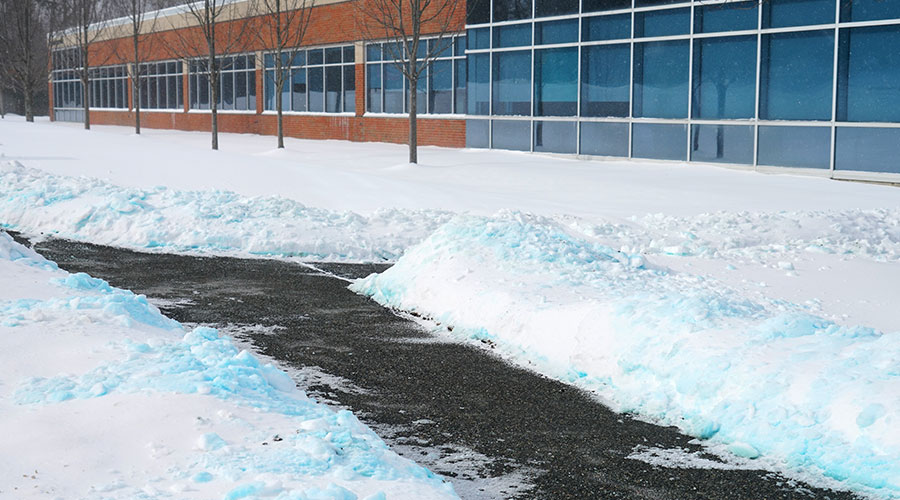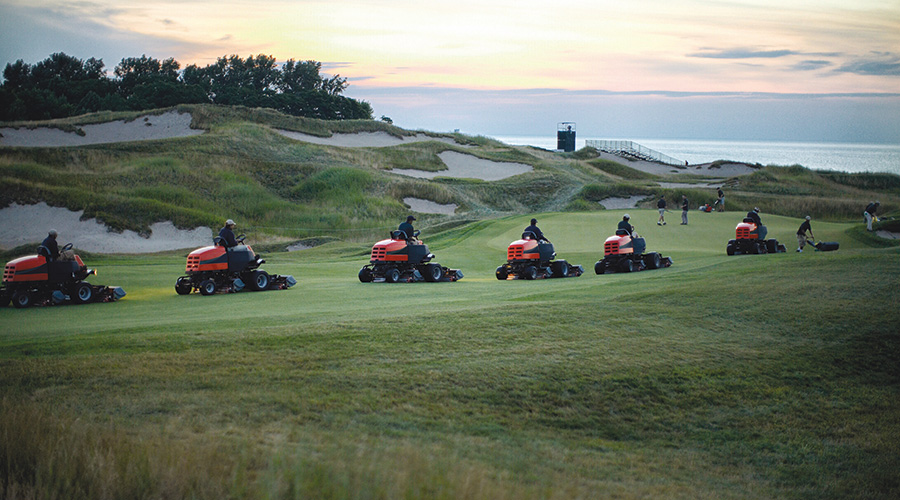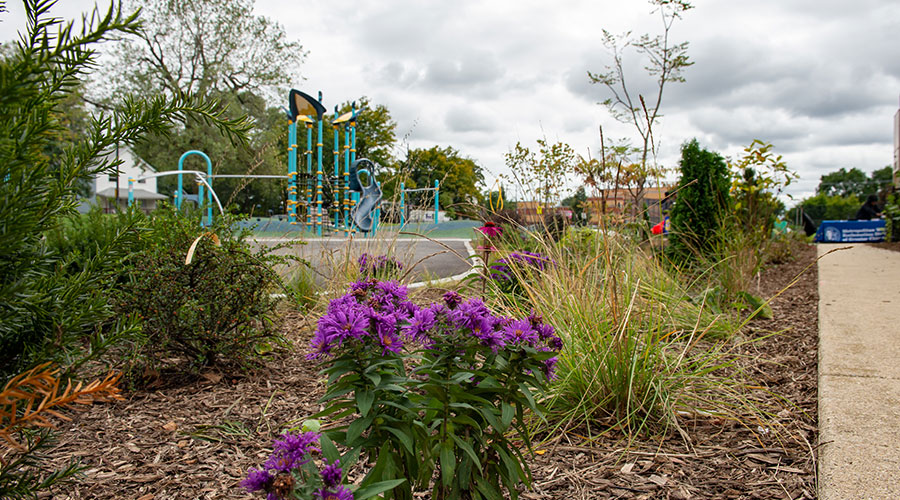Application Considerations Essential When Deciding Upon Light-Construction Equipment
Beyond workers' needs equipment features, managers must consider several other issues when selecting equipment for landscape construction projects.
For example, selecting equipment that can perform a variety of tasks year-round is one cost-effective strategy to control costs. Trucks that haul debris, landscape waste, and stones during the summer can do double duty in the winter by hauling snow and salt, spreading salt with a tailgate spreader attachment, and plowing snow with a front-end snowplow attachment.
Crews can use skid-steer loaders for trenching, culvert cleaning, dirt hauling, fertilizer application, and tree removal in the summer, and then perform snow removal and snow and salt loading in the winter. Selecting multi-purpose equipment that aids in resource conservation also puts dollars back into the budget for other useful projects that enhance landscape assets.
Managers must be sure equipment that makes up their department's inventory takes into account the landscape features, whether that means wide-open spaces, tight spaces, or grades. For example, crews can efficiently mow large expanses of turf using gang mowers, while they will need smaller units along fence lines, in corners and around plantings.
The right combination of equipment instrumentation can make the job easier, and can extend equipment performance life. Managers have a range of options to consider in this area, including: a password-secured, keyless ignition to eliminate the problem of lost keys or leaving the key in the ignition; panel diagnostics that show required activities and dates for preventive maintenance; attachment-operation monitoring; automatic grade control; and a resettable hour meter to ensure that lubrication, hose replacement, fastener tightening, and safety-feature checks occur at prescribed intervals.
Managers also should consider equipment's comfort features designed to improve operator productivity when specifying equipment. For example, enclosed cabs are glassed in and insulated with positive ventilation.
The controlled cab environment features all-weather air conditioning that keeps out heat and cold. The cab also keeps out dust, rain, sleet, and snow, and it helps the operator remain productive longer
without fatigue.
Checking equipment choices to ensure they conform with handheld and ground-supported landscaping equipment standards, such as ANSI/OPEI B71, also can provide assurance that the equipment performs as expected.
Related Topics:














